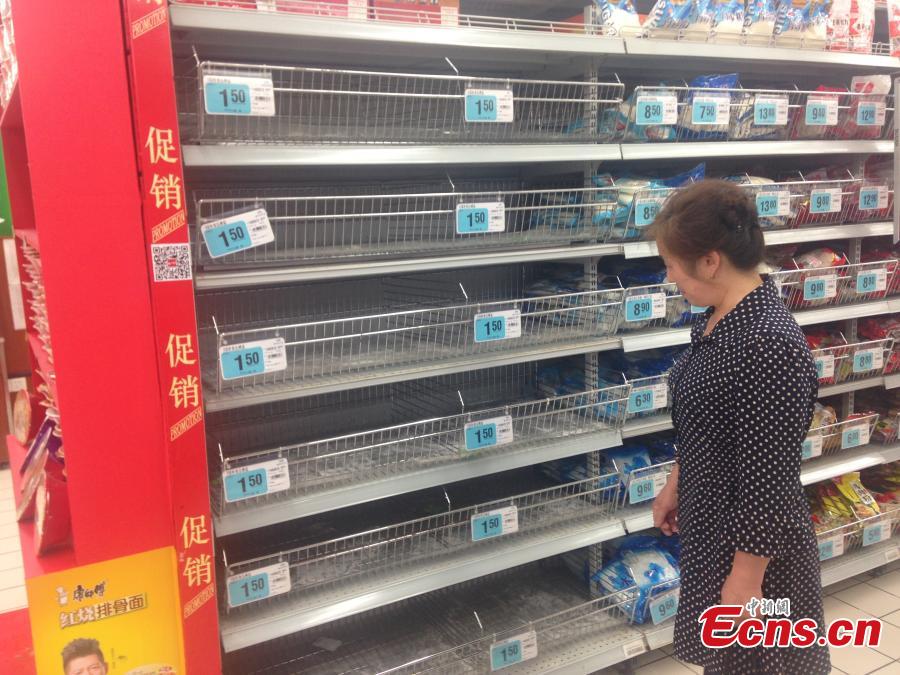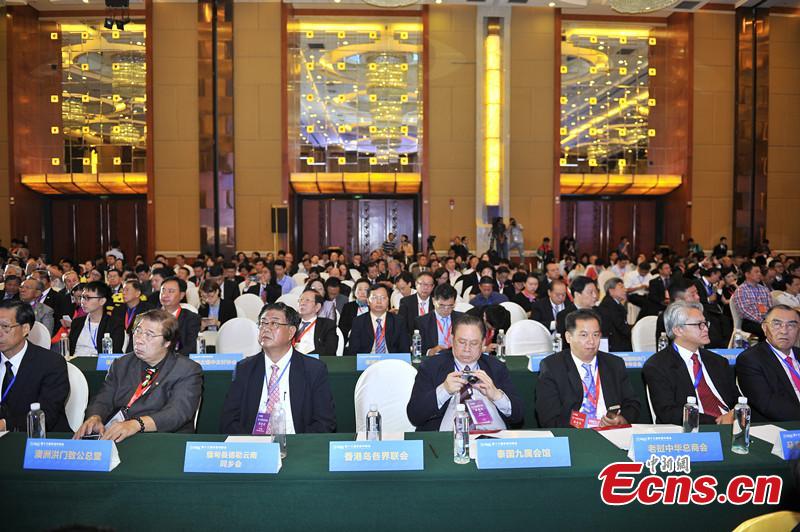(Ecns.cn) — Ten years after China entered the World Trade Organization (WTO), the country's Information Technology (IT) industry has made many achievements, mainly reflected in its first-ranking production volume of nearly 200 types of IT goods.
But China is no longer satisfied with its status as a "world factory," and realizes that continuing to rely on low-cost labor is becoming outdated.
For most domestic IT firms, the next step for the coming decade is to move up the value chain and develop themselves with more innovative capabilities.
IPhone supply and profit chain
Many experts claim that the iPhone is a good way to expose the dirty secrets of the supply and profit chain of IT products made in China. This was proven in a report cited by the Beijing News, which showed that the mainland earns only 1.8% of the total profit on iPhones through its assembly business.
There can be no doubt that sales of iPhones have been strong in the world. But if one thinks that the workers in the many Chinese factories – such as Foxconn OEM plants – earn a large amount of money to make the devices, they would be dead wrong.
According to business experts, only about $4 of every iPhone that sells for $300 or more goes to China's pocket; the rest is swallowed mostly by Apple Inc.
In 2010, Apple turned a significantly bigger profit on each smartphone than in the previous year, with a gross profit margin of 58.5% on its iPhone, according to a report released by researchers at the University of California and Syracuse University.
The report also showed that parts suppliers earned 21.9% of the profits, and South Korea, Apple's main supplier of screens and electronic components, achieved a margin of 4.7%.
In the same year, IT products such as iPhones reached one-third of China's total exports, with total exports contributing nearly half of the country's GDP in 2010. However, the profit it earned from iPhones was a mere 1.8% margin on its iPhone assembly business, a tiny fraction of the 50% gross margin Apple earns on sales of the devices.
Moving up the value chain
Major companies such as Lenovo and Founder have come to realize that relying on the cost-saving advantage is not a permanent solution for their development, especially as they face rising labor wages and much more intense competition.
Before China joined the WTO, no one could imagine that the country's IT industry would come this far, said Zhang Hanlin, director of the Center for WTO Studies at the University of International Business and Economy, during an interview with China Newsweek.
Zhang said the benefits of China's joining the WTO have been greatest for the IT industry. According to the National Bureau of Statistics, at of the end of 2010 the number of employees in the domestic IT industry hit an historic high of 11.52 million, three times that of 2001. This means that currently about 2 out of every 100 employees are working in the IT industry in China.
However, in the past ten years, though the country's IT industry has performed well in its embryonic stage, its development has still been limited in the downstream portion of the industrial chain.
One usually describes the world's IT industry like this: the U.S. masters the most cutting-edge technology such as the design of large-scale integrated circuits and computer operating systems, while countries and regions including Japan, Korea and Taiwan master the advanced manufacturing technology as well as superior design capabilities of important parts in generating IT products.
In comparison, China's role has involved less high-tech content, as it usually acts as an assembly factory for other world famous brands.
But China has turned its Pearl River Delta and Yangtze River Delta into two major regions equipped with all the necessary facilities to manufacture the different parts of IT products, and can provide over 90% of the components and parts of over 200 IT products. This is seen as the pilot project of moving up the value chain.
According to Li Zufan, vice president of IBM Greater China, if the road linking Dongwan and Huanggang Port in south China's Guangdong Province is blocked, at least 70% of global computer makers would be affected due to a shortage of computer parts.
Obstacles to upgrading
On Nov. 15, 2011, the ceremony for the launch of the China IT Market Index was held in Shenzhen, indicating that the Ministry of Industry and Information Technology of China's work of monitoring the IT market has been fully started, reported the Economic Daily.
The launch means China's terminal (distributing) market of IT products will be monitored via the index in the future, as the country has foreseen possible complicated situations in the export market which may bring negative consequences to industries that highly depend on exports.
In ten years' time, the country's ratio of dependence on foreign trade has increased from less than 40% to more than 50%. As a typical export-oriented industry, the IT industry can be very sensitive to the international trade environment.
Meanwhile, about three-quarters of the exported IT products made in China are made of raw materials imported from foreign countries, which means China functions only as a low-end manufacturer, or assembler, according to a reported cited by China Newsweek.
Such problems are definitely obstacles that China needs to overcome. In recent years, the Chinese government has taken measures such as using cash grants, raw-material discounts, preferential loans and tax incentives to boost exports. Meanwhile, the government's focus on expanding domestic demand will also stimulate IT expenditures from government entities and state-owned enterprises.


















